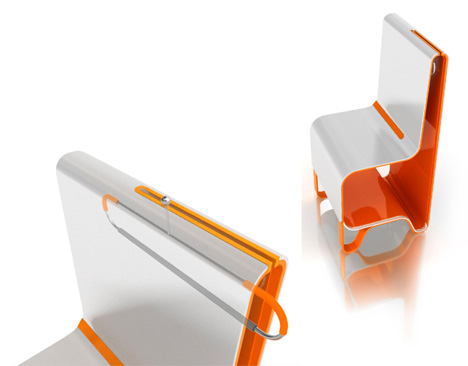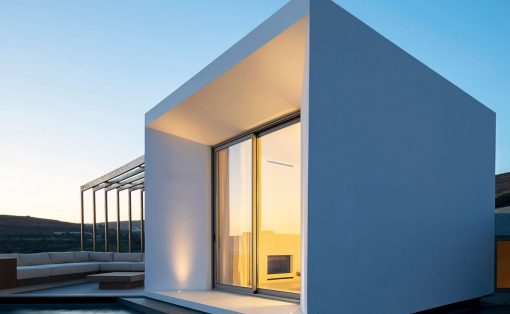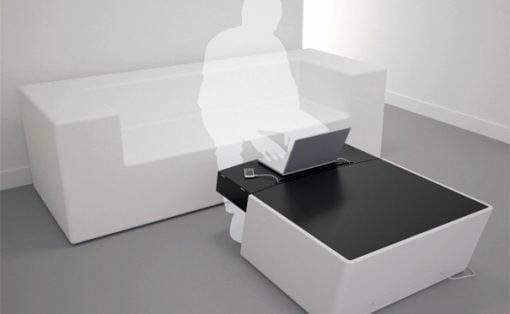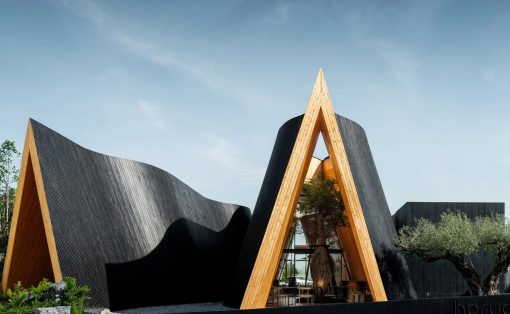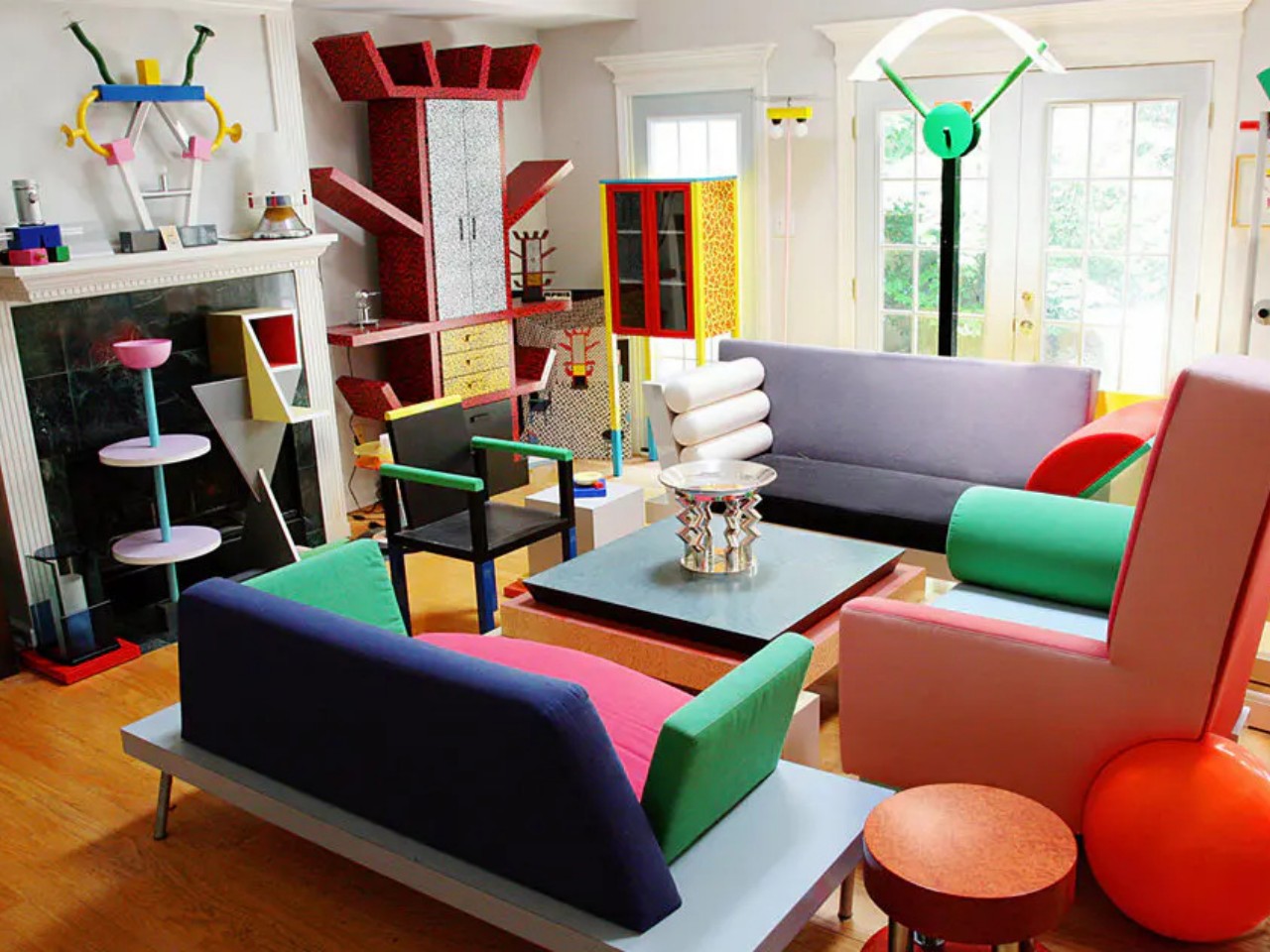
The line is an important element of interior design that instills a sense of flow and movement within the interiors. These lines help in delineating spaces, establishing visual focal points, and guiding the observer’s gaze seamlessly from one point to another. Lines contribute to shaping the room, providing both form and volume, making it an indispensable element for any meticulously arranged space or piece of artwork.
Designer: Malabar Artistic Furniture
Architects, interior designers, and other creatives initiate their designs with the fundamental element of “LINE,” outlining an essential aspect that contributes to the creation of architectural buildings and interiors. Also, lines in interiors and furniture extend beyond mere decoration and they play a significant role in shaping the overall design aesthetic.
What are the different types of lines in interior design?
In interior design, lines are about the shape, direction, and orientation of things in a space. They’re crucial for defining the style and mood. Different types of lines are used, such as:
1. Straight Line
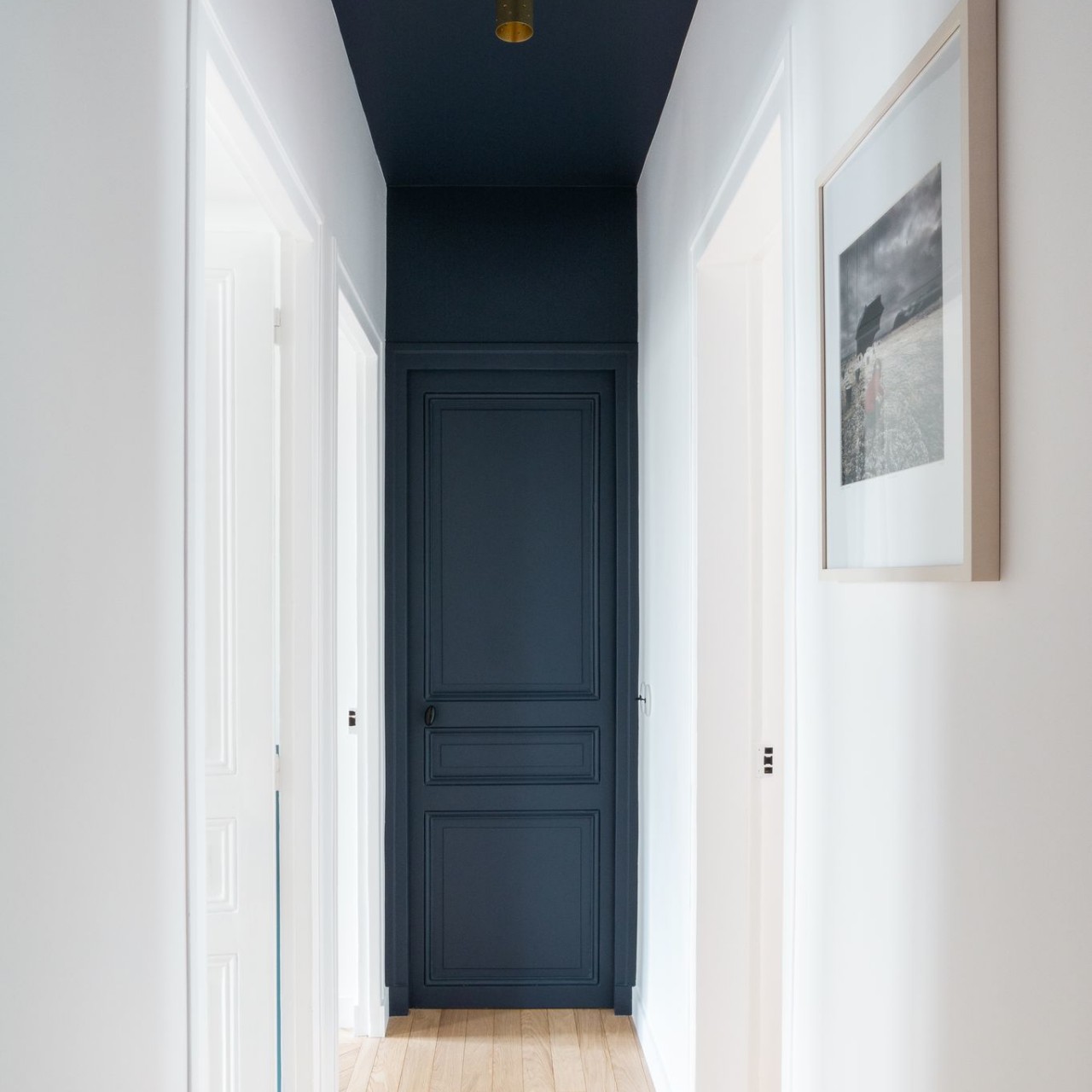
Designer: Côté Maison
Straight lines form the most basic form of line in interior design as they bring a sense of organization to a space. It establishes a sense of order and calmness and guides the eye seamlessly from one focal area to another.
2. Horizontal Line
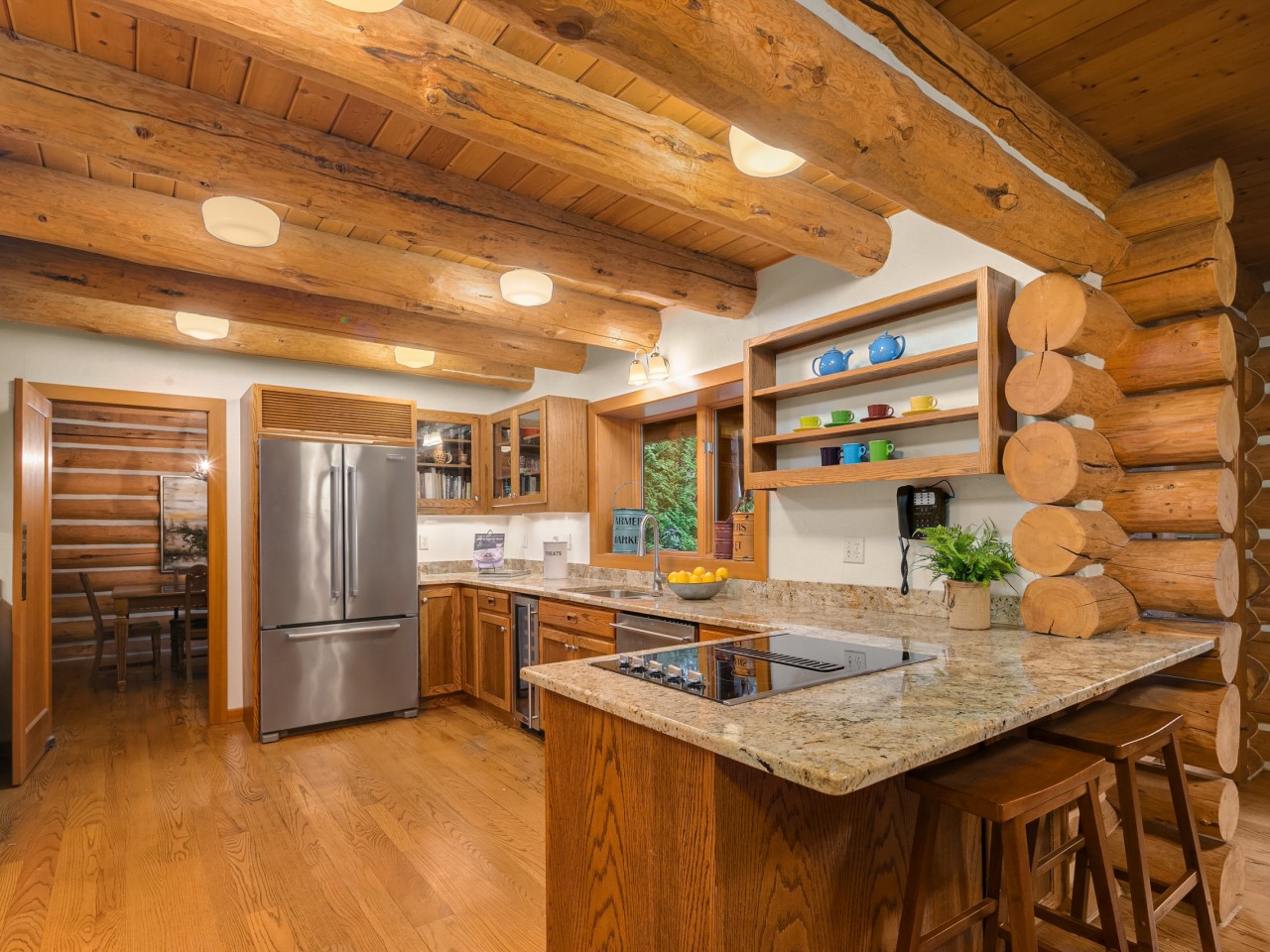
Designer: Kristonis & Lindor
Horizontal lines are straight lines that infuse a feeling of tranquillity and calmness within a space. Its integration can bring in an element of stability and equilibrium within the interiors. These lines guide the observer’s gaze smoothly across the room to establish a visual path. The best part about horizontal lines is that they offer stability for incorporating features like furniture or artwork.
3. Vertical Line
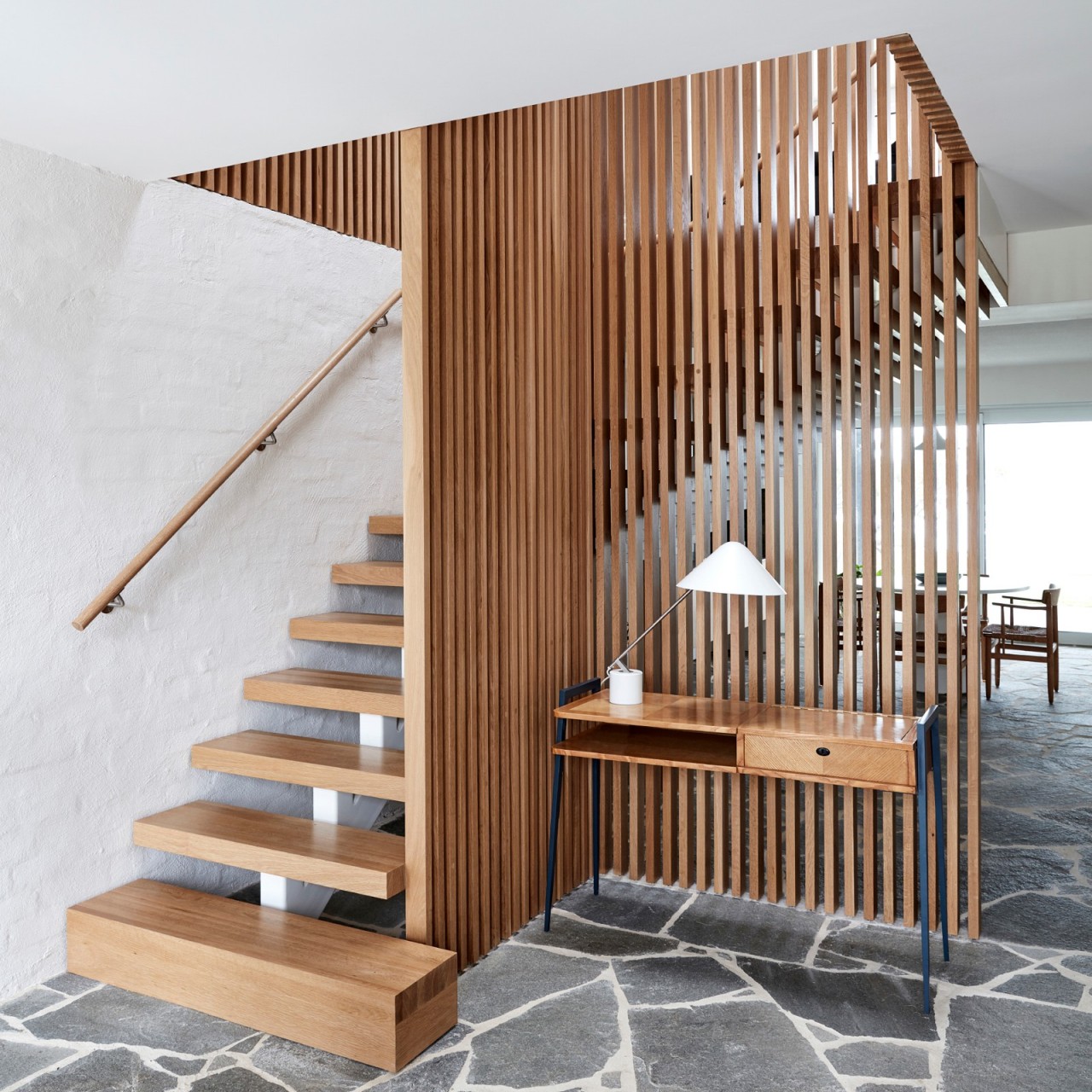
Designer: Apryl Ann
Vertical lines also belong to the category of straight lines and impart the feeling of height to the interiors. These lines establish a practical focal point at eye level and direct the attention upwards to create the illusion of space in compact spaces. Vertical lines can be combined with artwork or furniture to create a sense of continuity and movement.
4. Diagonal Line
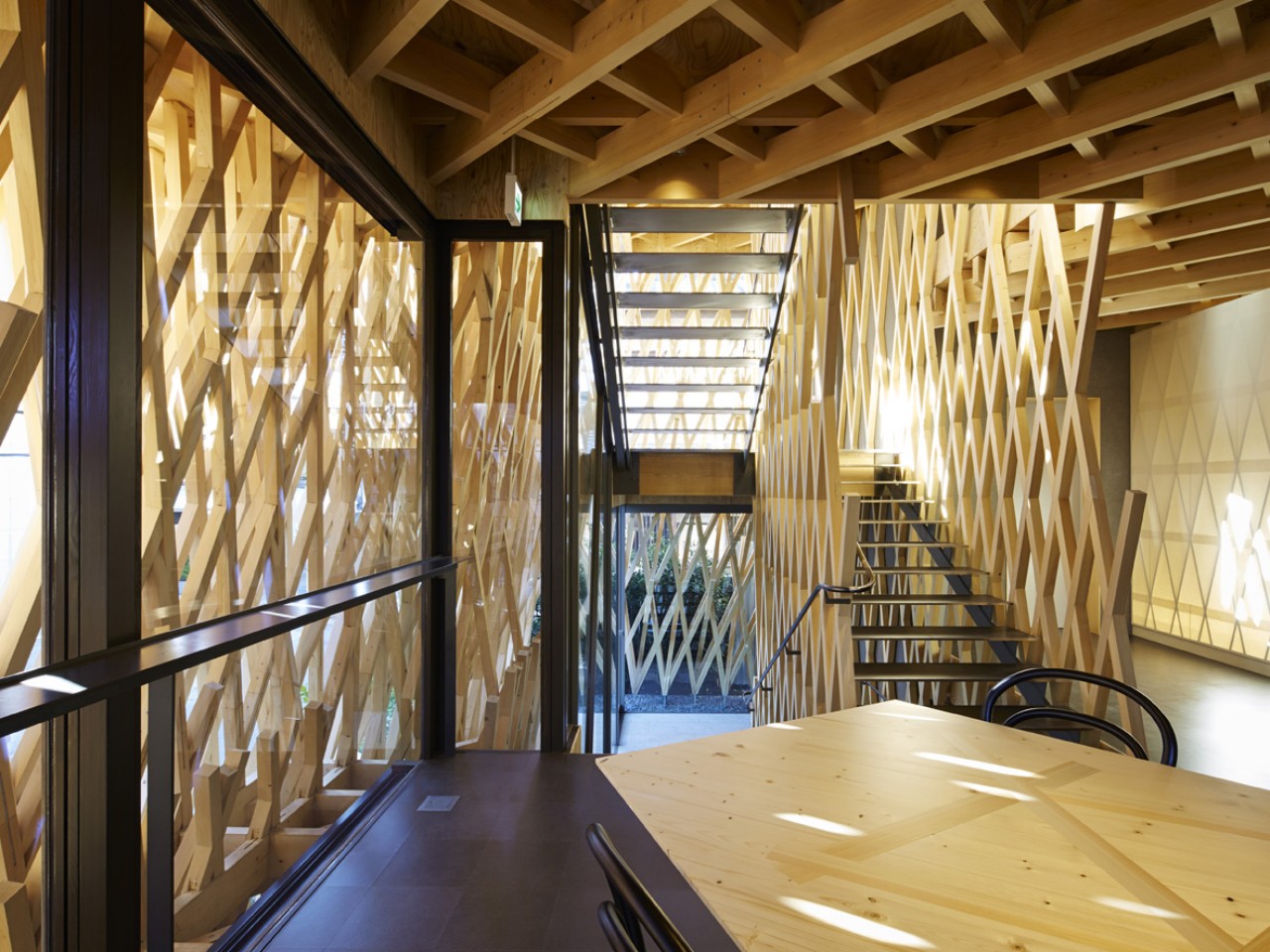
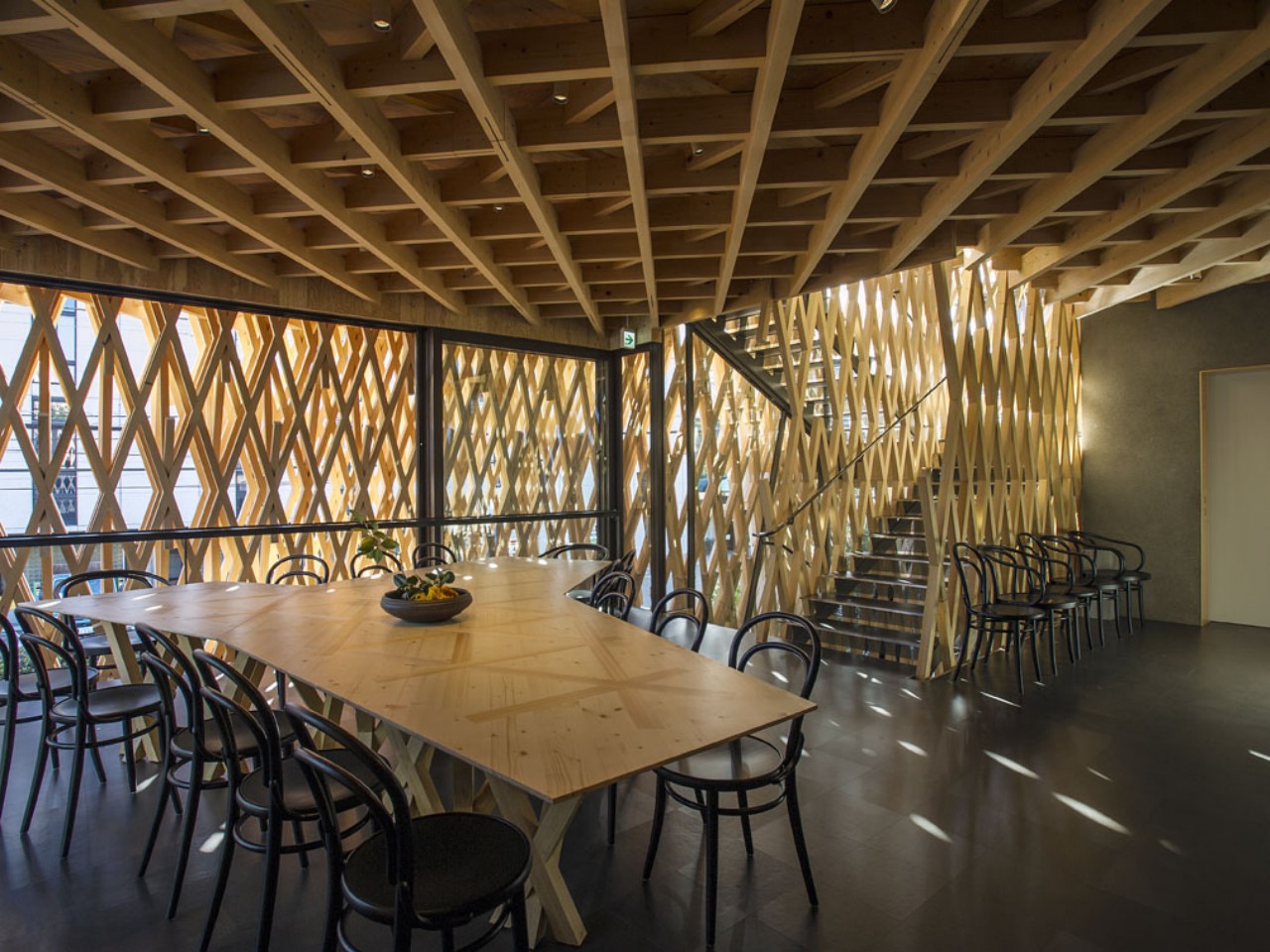
Designer: Kengo Kuma & Associates
Diagonal lines infuse a space with energy and dynamism by creating a visual illusion of movement that effectively breaks the monotony of static elements. This effect is accentuated when these lines direct the observer’s gaze toward a particular focal point, enabling a smooth transition between different areas.
5. Zig-Zag Line
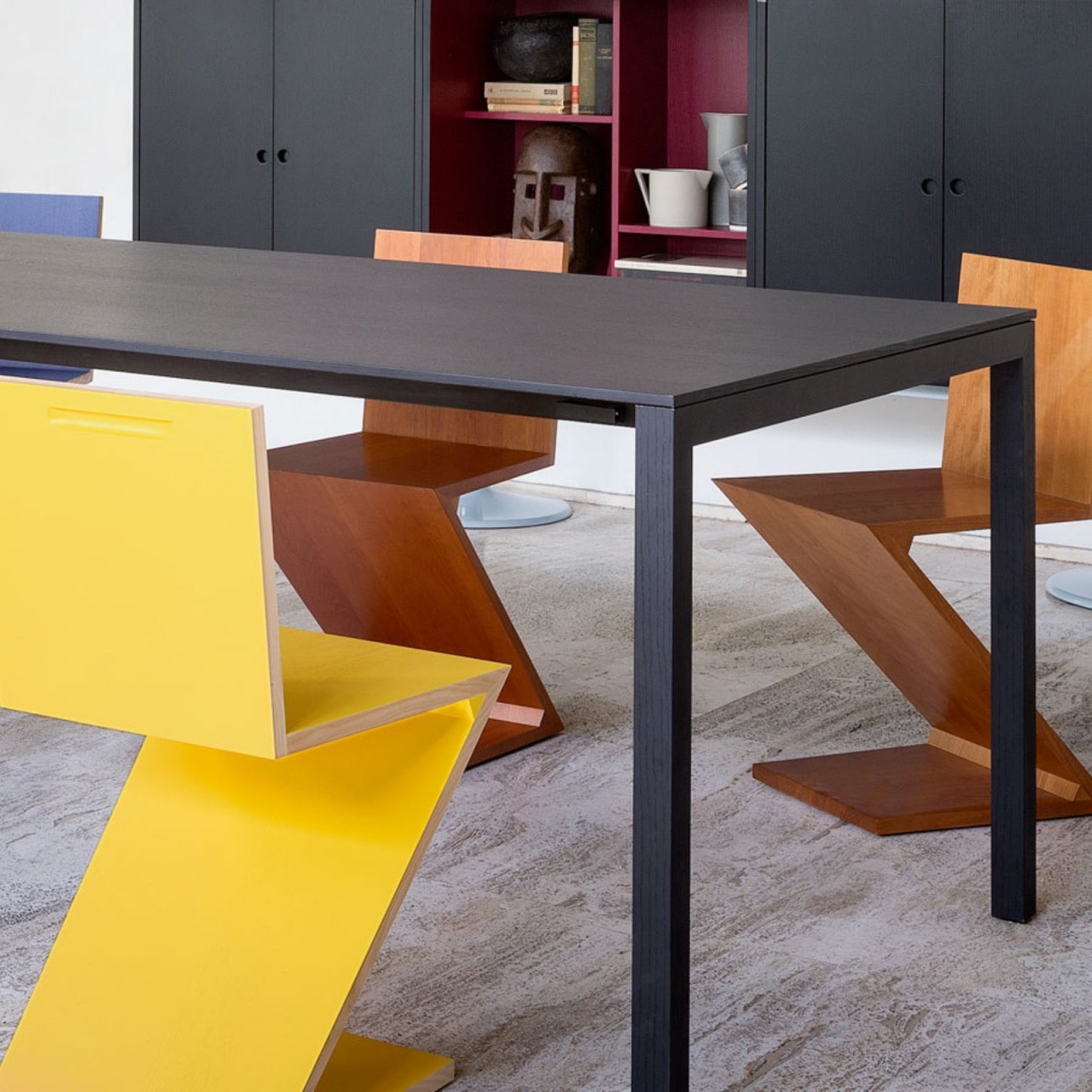
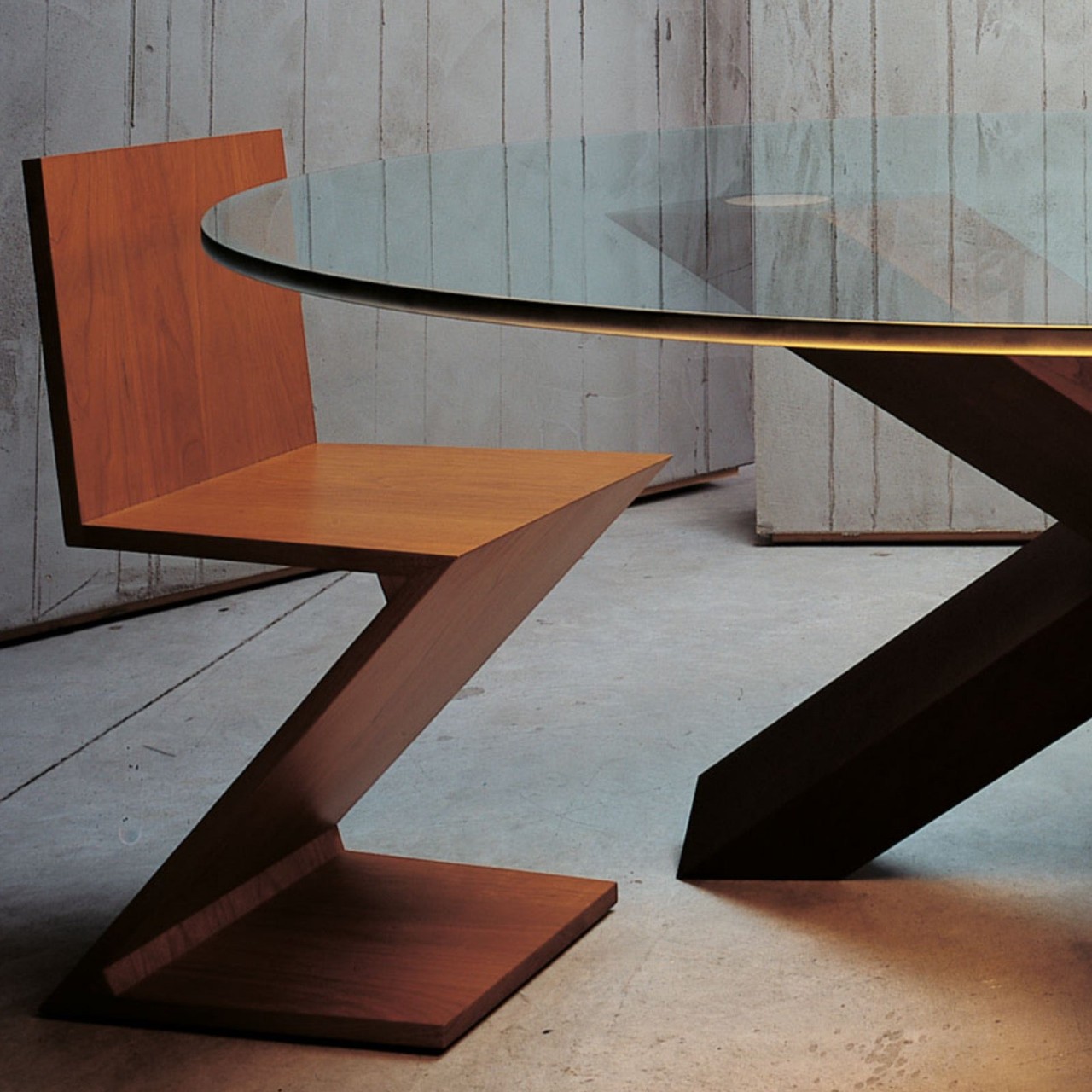
Designer: Gerrit Rietveld (3FALKE)
Zigzag lines, fall under the category of diagonal lines and infuse an energetic vibe into the interiors. As the name suggests, they form a pattern of alternating angles and points in varying directions, introducing a dynamic sense of movement within the interiors.
6. Curved line
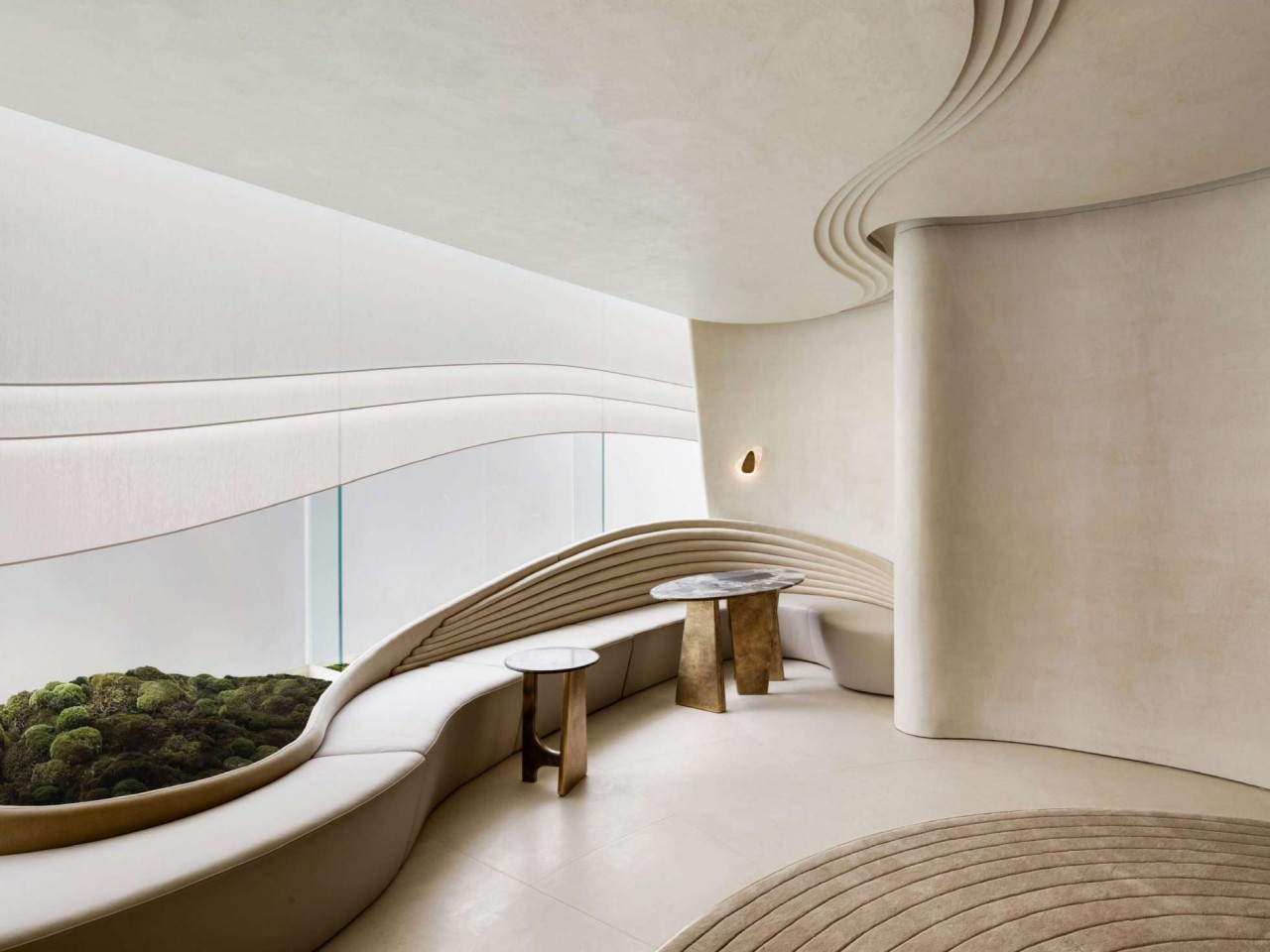
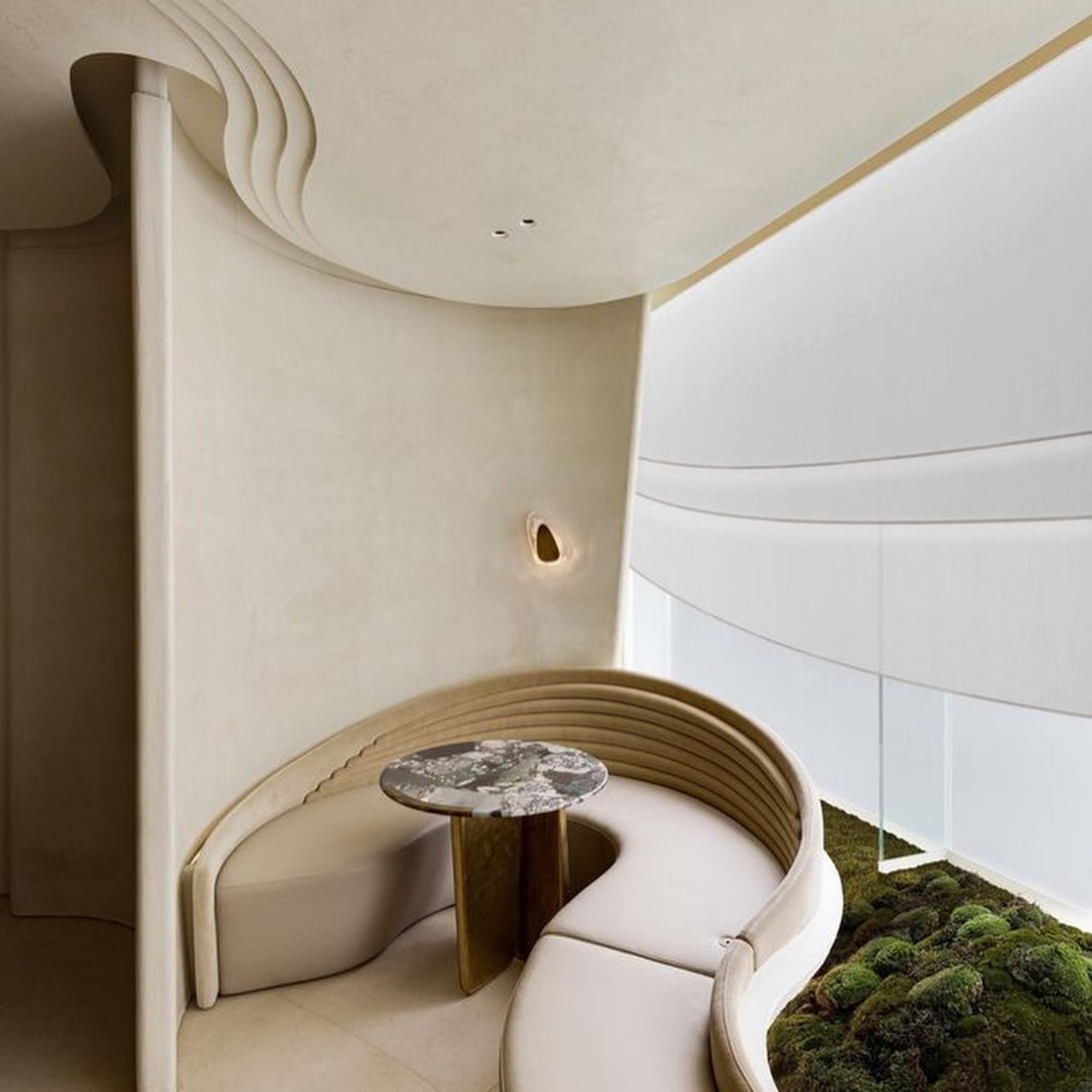
Designer: NC Design & Architecture
Curved lines instill a feeling of comfort and harmony within a space and add a sense of graceful flow and movement. Additionally, curved lines contribute visual interest without being overpowering as their gentle curves enable the viewer’s eye to traverse seamlessly across various parts of the room.
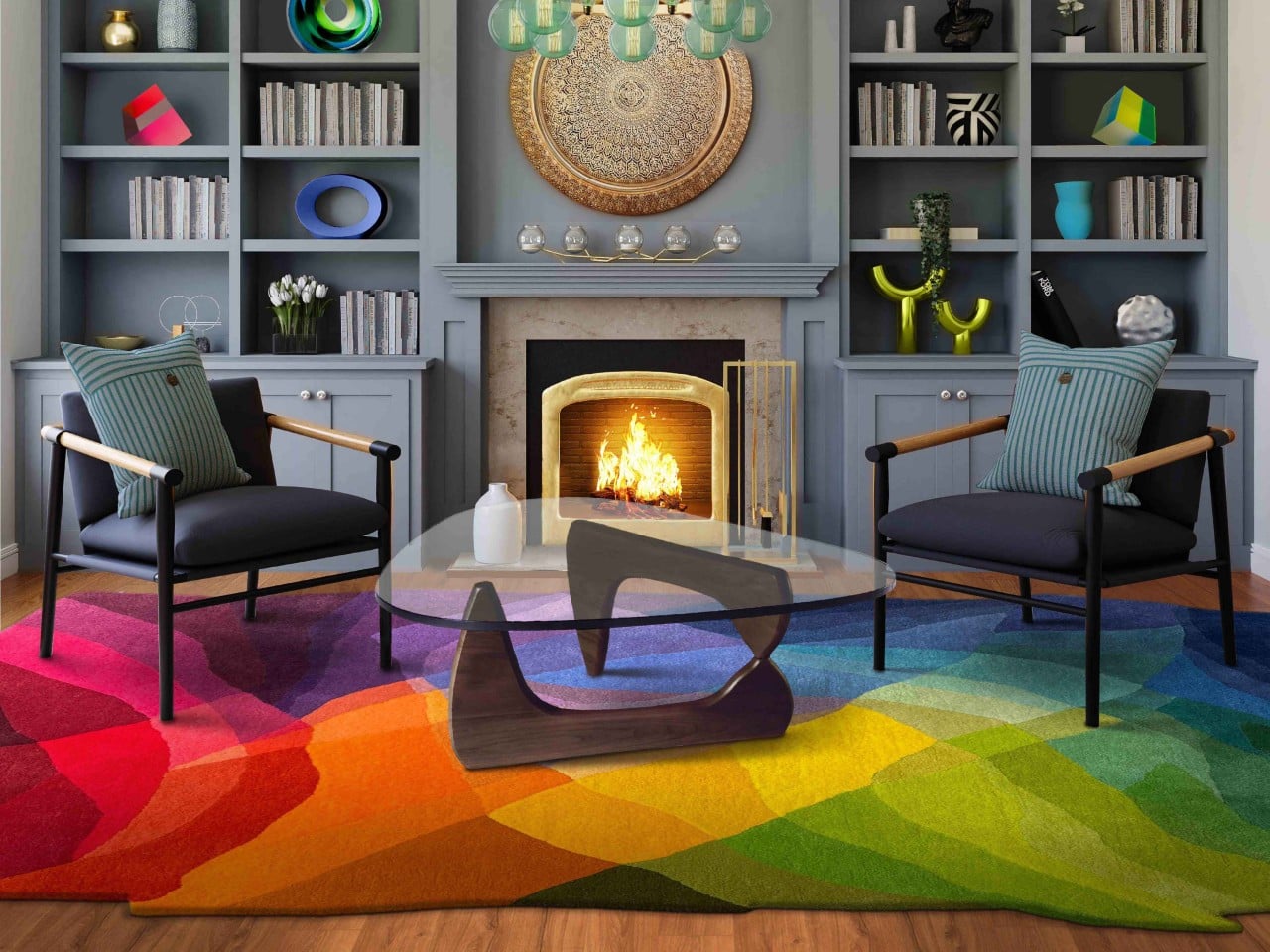
Designer: Sonya Winner Rug Studio
What is the importance of line in design?
• Lines can harmonize diverse elements within a space and establish a seamless flow that unifies the room into a cohesive entity.
• When lines are strategically placed, they can highlight specific features or focal points.
• Additionally, lines contribute texture and movement and take the décor to a whole new level.
• Straight and vertical lines convey elegance, while curvaceous and diagonal lines infuse a sense of dynamism within the interiors.
• Furniture, such as tables and countertops, can introduce horizontal lines, imparting a grounded and stable feel to a space.
• To enhance the perception of height or draw attention to a high ceiling, you can utilize techniques such as paneling, cladding, or shiplap to introduce vertical lines.

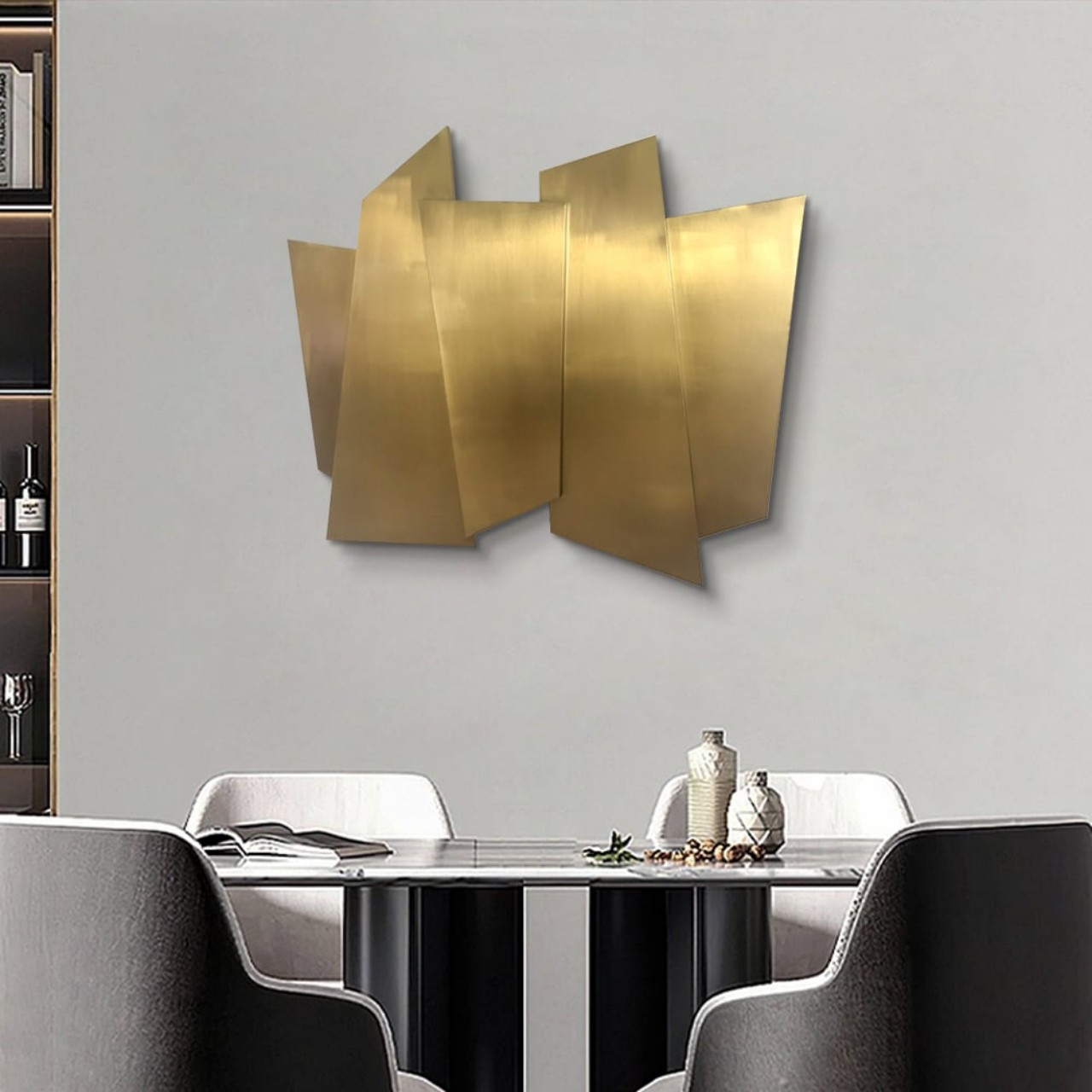
Designer: Homary
How to introduce lines in interior design?
Lines work as a potent tool for generating visual appeal and guiding the eyes within a given space.
• Manipulate Space
Line stands out as a versatile element capable of visually manipulating space in diverse ways. For instance, horizontal lines create the illusion of width, while vertical lines impart a sense of height. Incorporating various types of lines, such as straight, curved, or diagonal, can infuse texture and energy into a room when harmoniously integrated with other design elements.
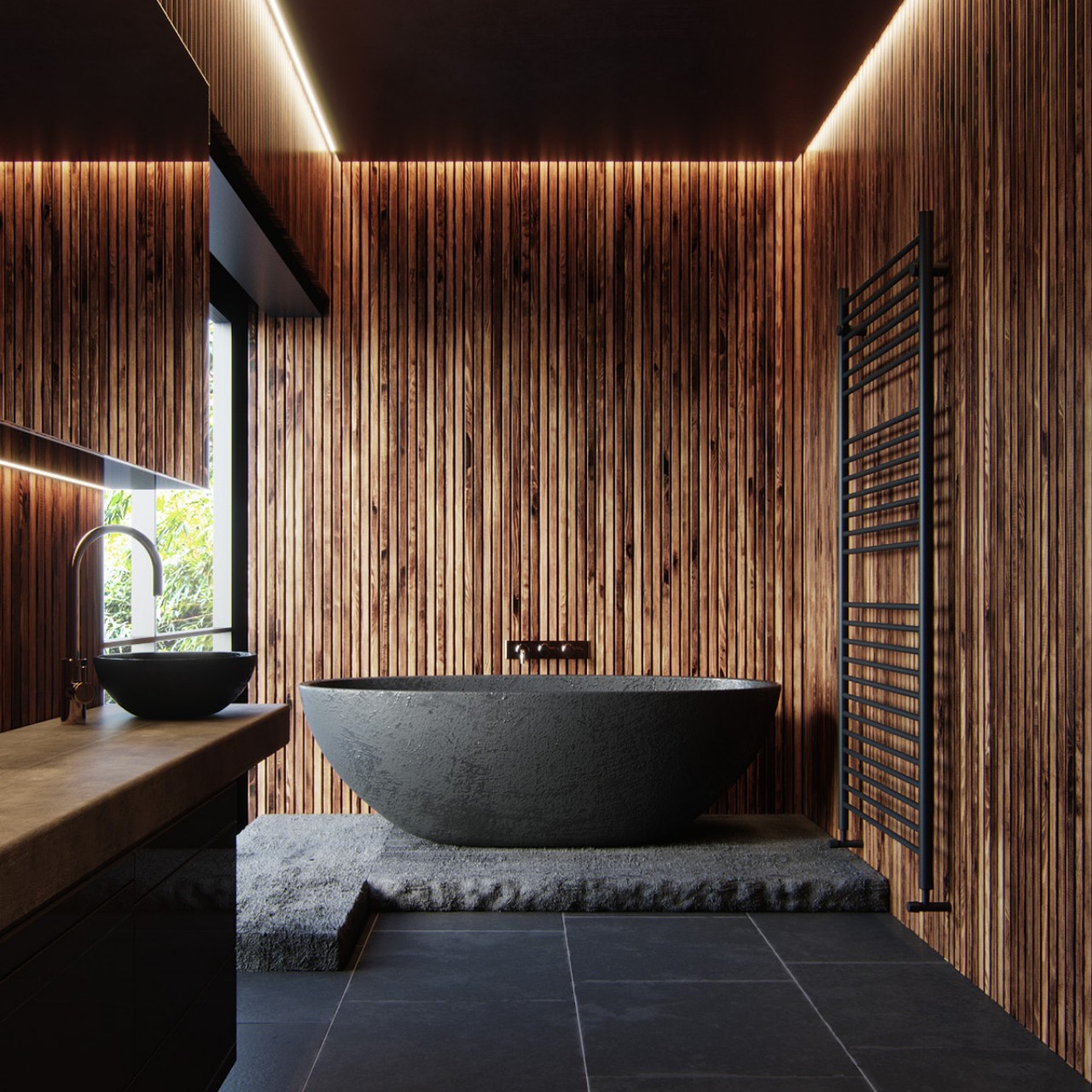
Designer: Maxim Kutcenko
The vertical wood battens draw the eye upward and emphasize the height in this black and brown bathroom.
• Emphasize accent features
Lines are versatile design elements that can emphasize certain features, create balance in a space, and add visual complexity. For example, lines can be used to achieve symmetrical and asymmetrical shapes that are visually appealing. Lines can also be combined with colors to form unique patterns for a room’s walls or flooring.
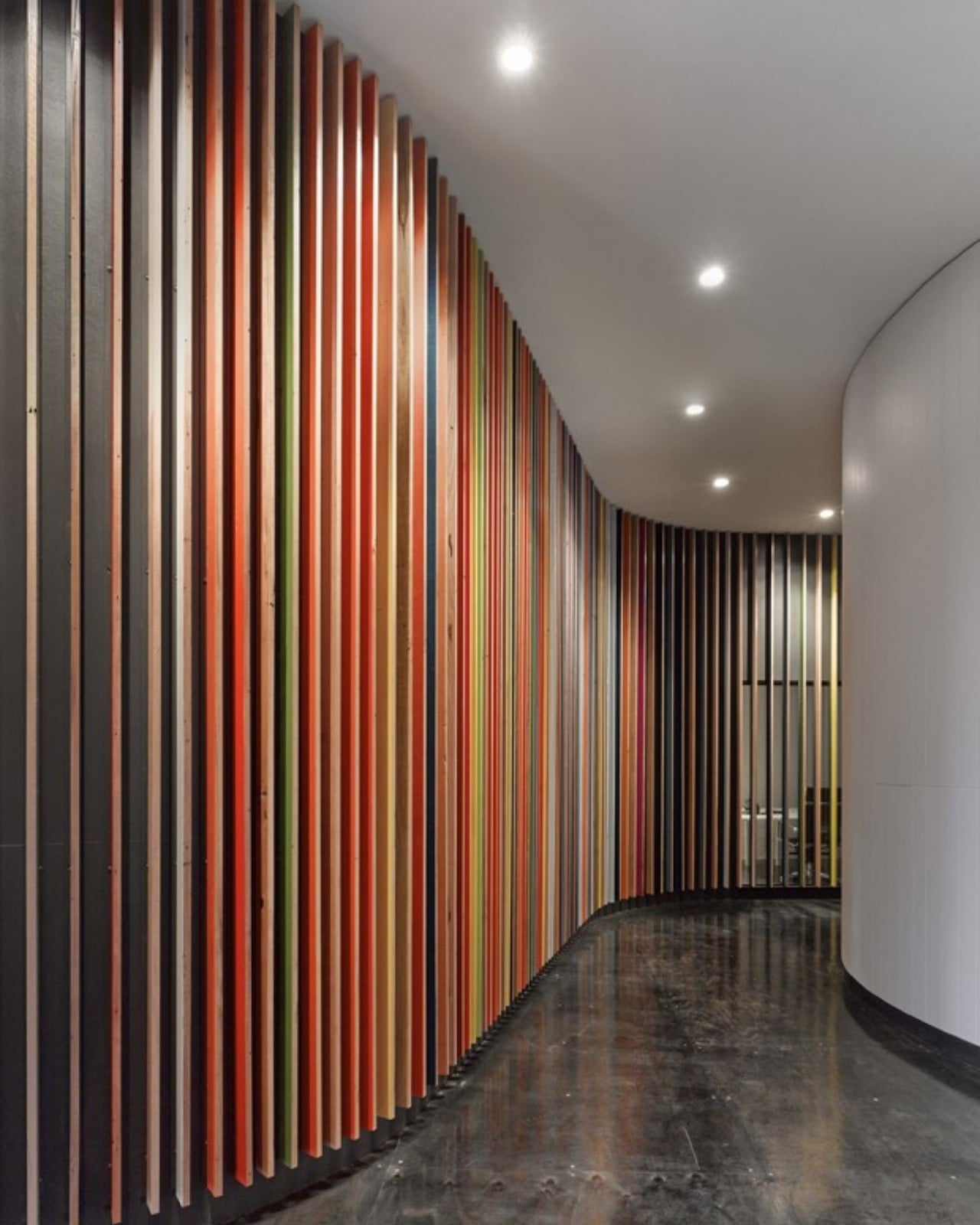
Designer: MAKE Architecture
Here in this example, an array of linear lines in multiple colors accentuate the curved wall and passage to create a dynamic composition.
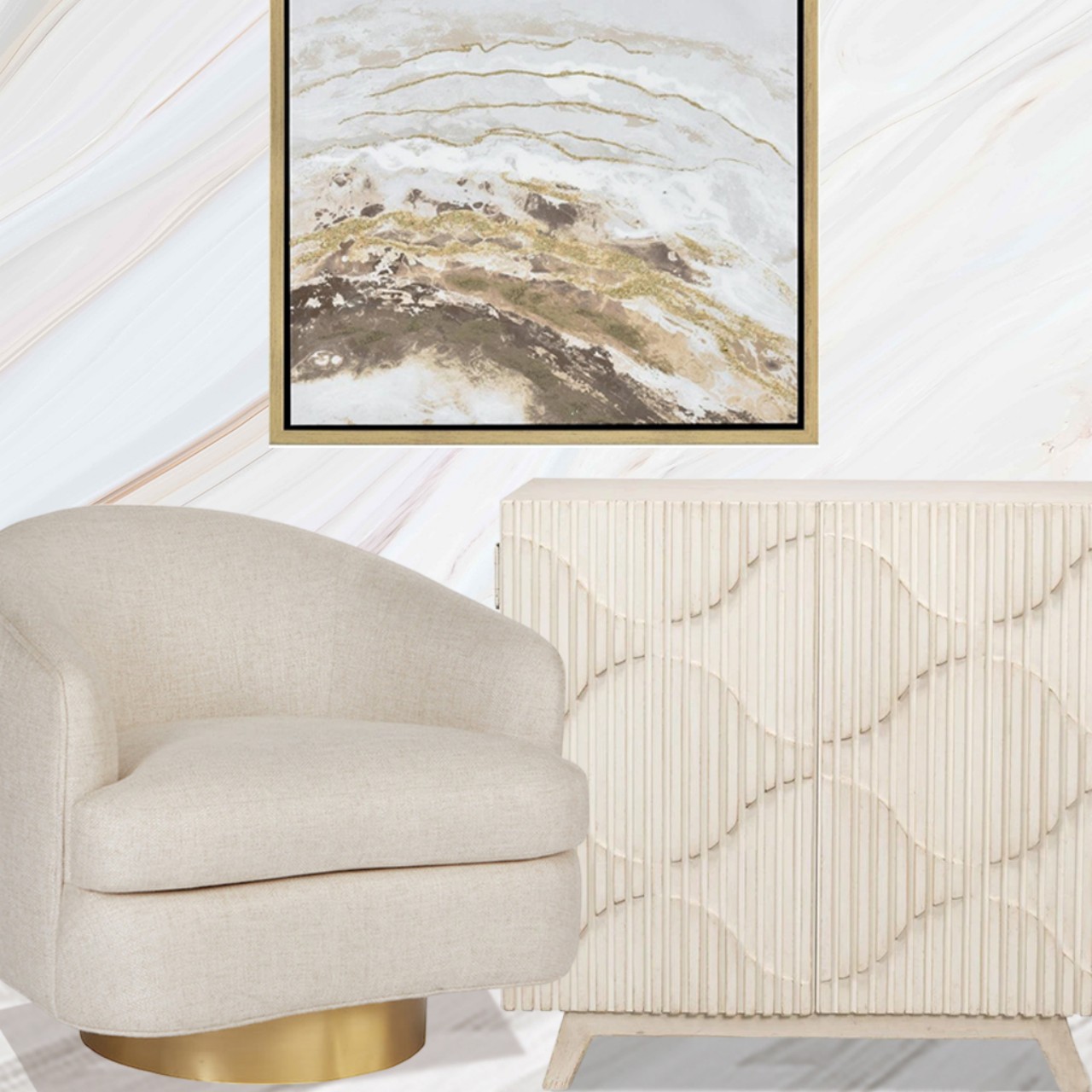
Designer: Belle Escape
Textured ribbed detailing brings an exhilarating burst to a curly wave pattern, featuring a combination of curved and straight lines in a cream antique finish.
• Add Softness
Curved lines look graceful and add softness to the interiors and can be used to add visual intrigue. Furthermore, lines can delineate distinct areas within a shared space, fostering a whimsical atmosphere that invites exploration and creativity. The use of lines contributes to visual depth and dimension within any given space.
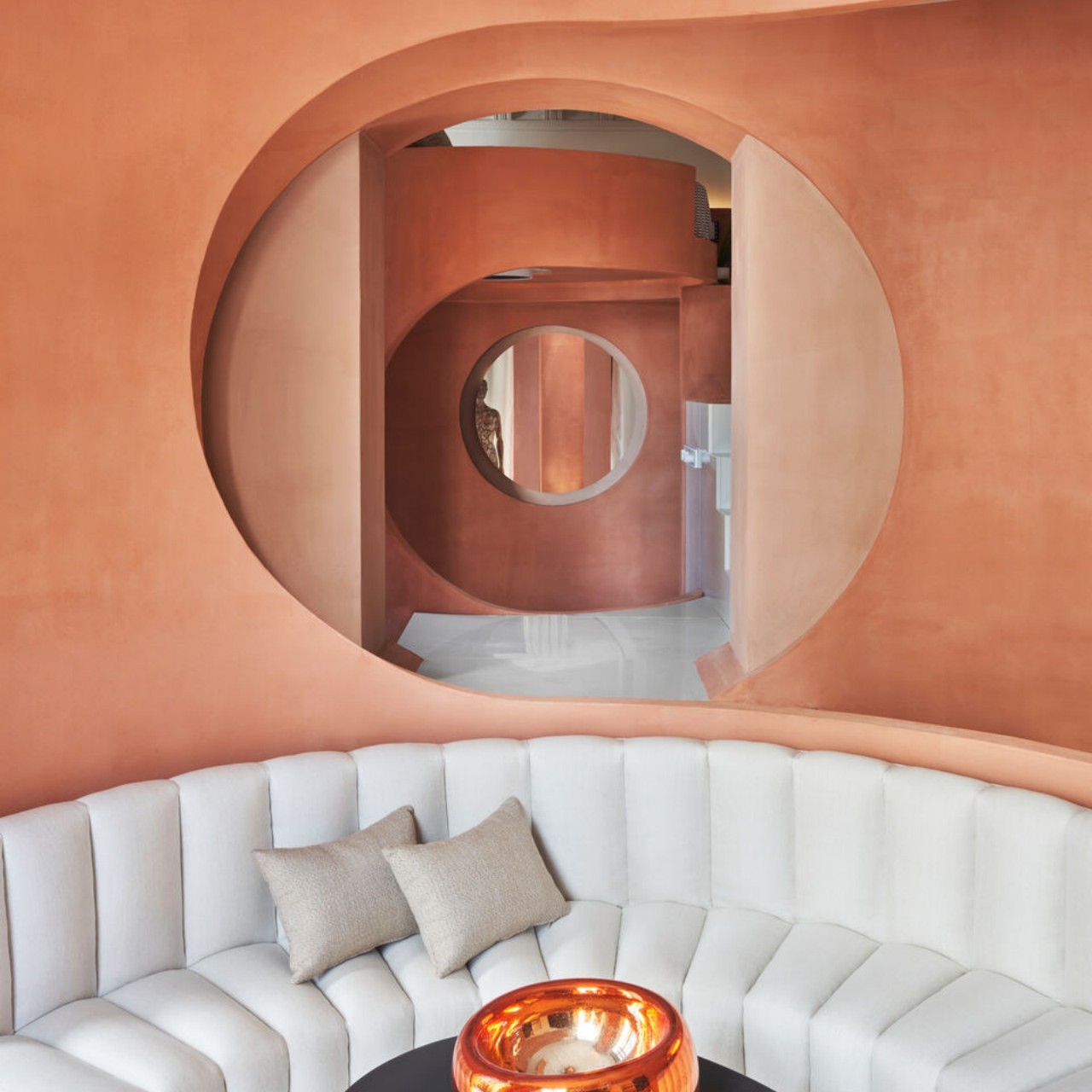
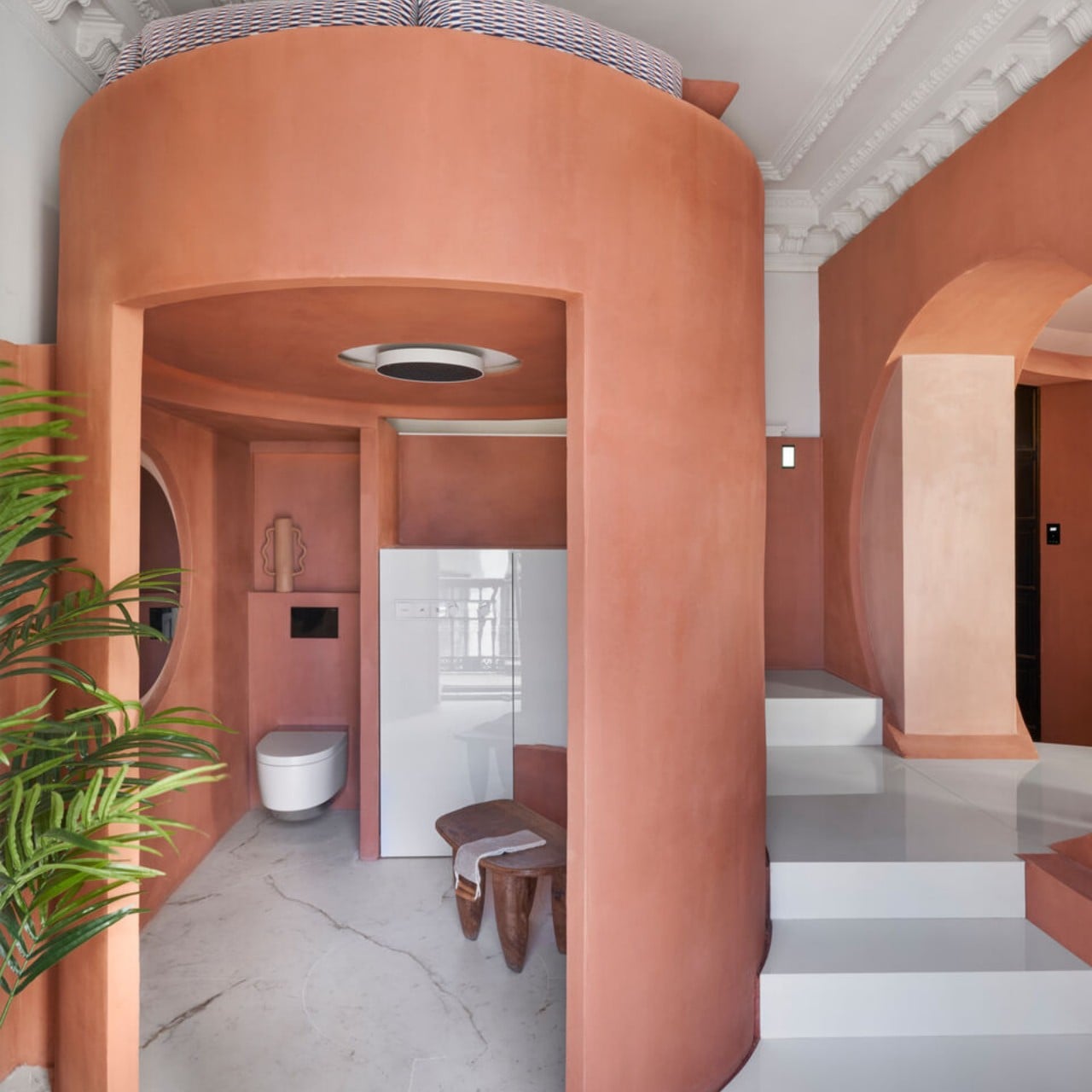
Designer: Ruiz Velazquez
Just see how curved lines add softness, flow into each other to add softness within the interiors.
• Add Geometric Design
When integrated in the correct orientation, straight lines can form patterns of rows or squares, while intersecting lines can give rise to triangles and diamonds. Additionally, curved lines can shape circles or ovals. The amalgamation of various shapes or geometric patterns introduces intricate dynamics, imparting a sophisticated yet playful aesthetic to any space.
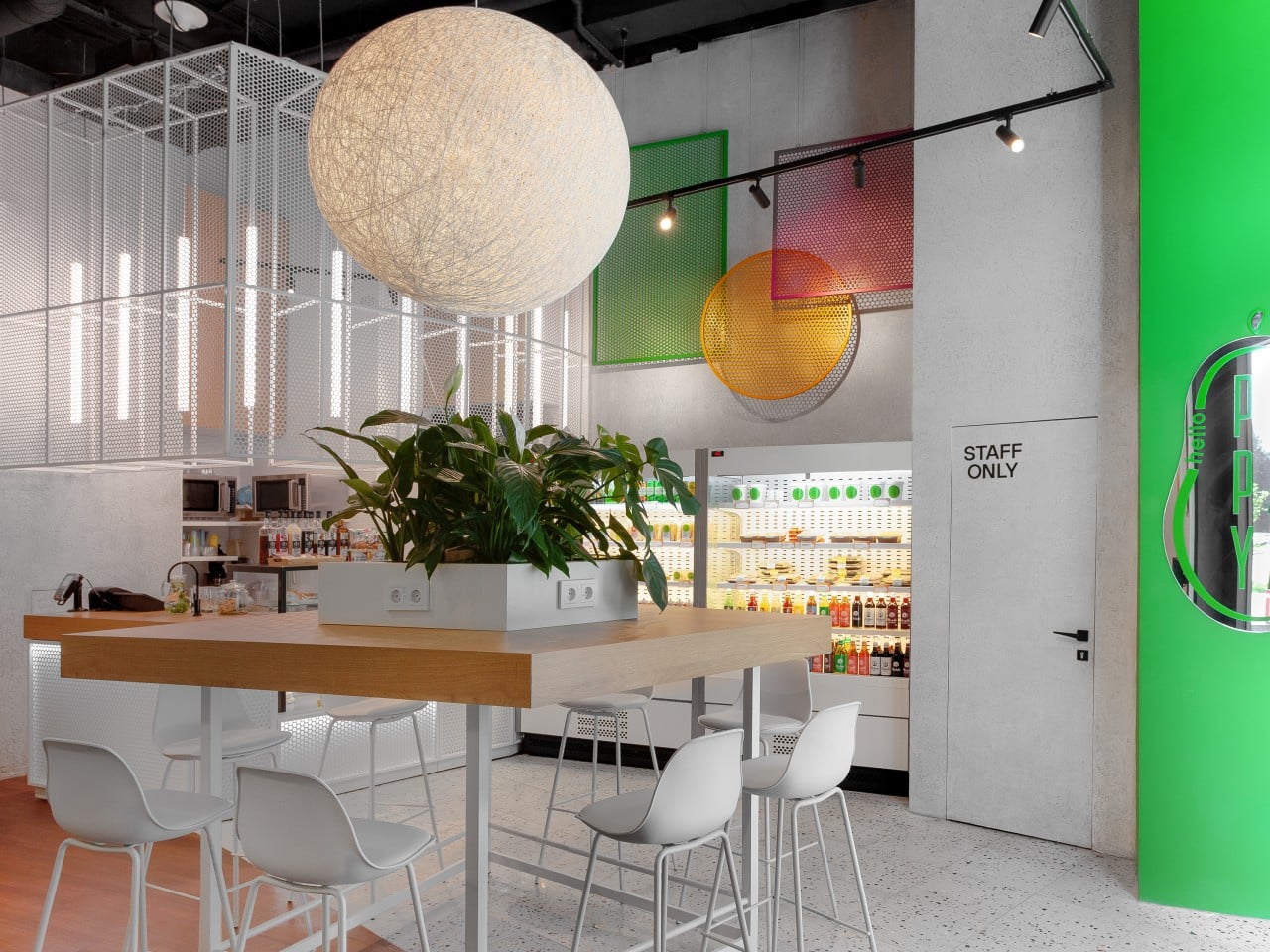
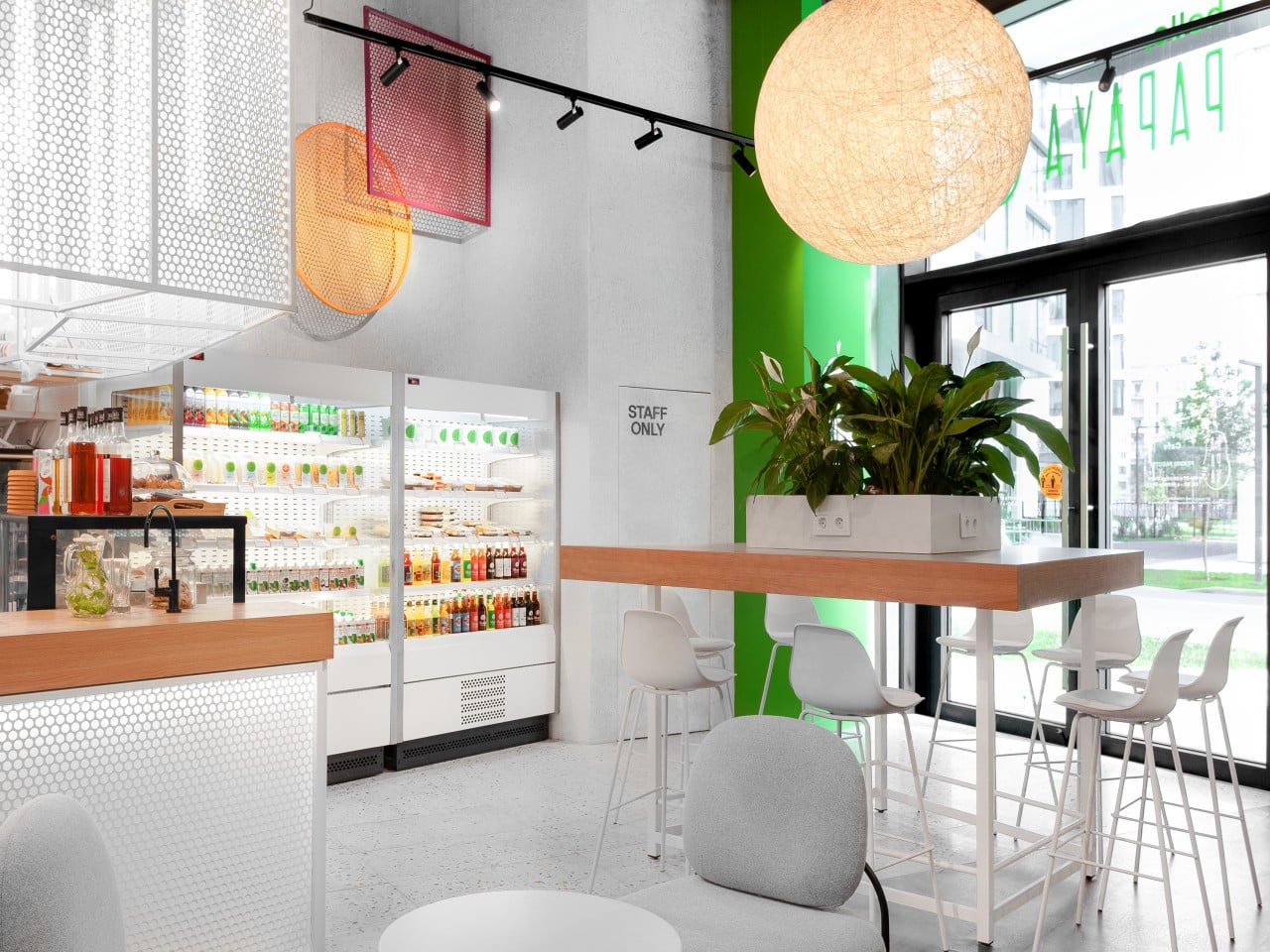
Designer: Nikolay Yarin
Different types of lines, and geometric patterns. and colors create a playful and energetic interior.
• Add Pop with Dynamic Lines
Using dynamic lines can make accent pieces stand out by alternating colors or incorporating painted lines, giving the room a unique feel. Dynamic lines, like chevron patterns on a rug or lampshade, as well as features such as parquet floors or tiled accent walls, engage the eye and stimulate the senses in accent pieces. Limiting dynamic lines is advisable, ensuring they don’t overshadow vertical and horizontal elements in a design.
These colorful dynamic lines, differently sized and with varying thickness, add a burst of color and energy into this neutral-hued living room.
• Create Zones
Create purposeful zones in a room by using lines, whether horizontal or vertical, to separate areas for different activities or visual appeal; consider using furniture or artwork as non-physical barriers to define distinct zones.
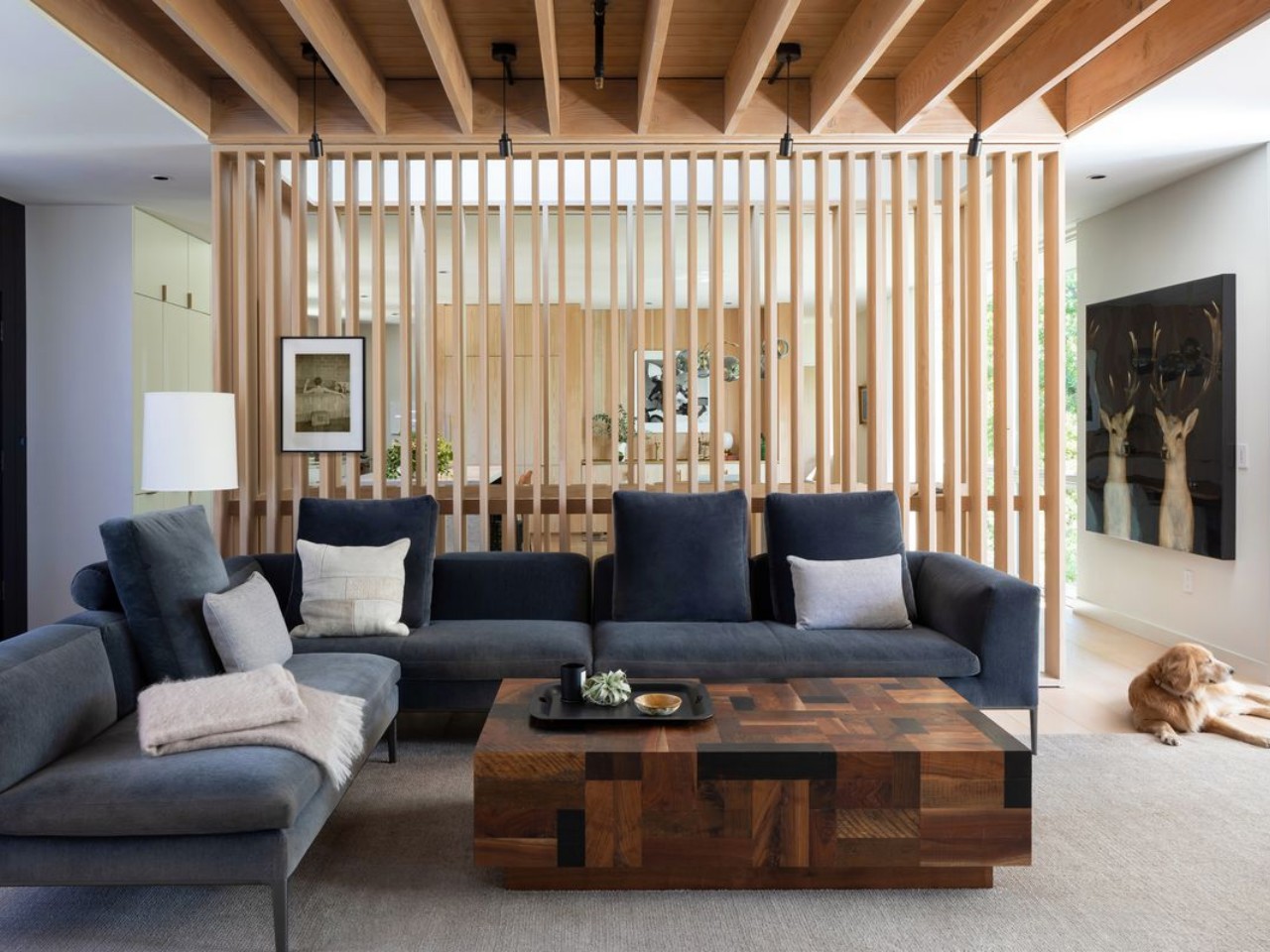
Designer: Classy55
A combination of horizontal ceiling battens and wood battens demarcates the living room from the rest of the space in this open-plan design home.
• A Mix of Lines
A mix of lines, drawn in different directions and widths, can add contrast and interest without overwhelming the space. Softly curved lines provide a subtle organic touch, infusing energy. Employing slender lines to convey a feeling of delicacy or sophistication, while thick lines establish a bold and dramatic impact.
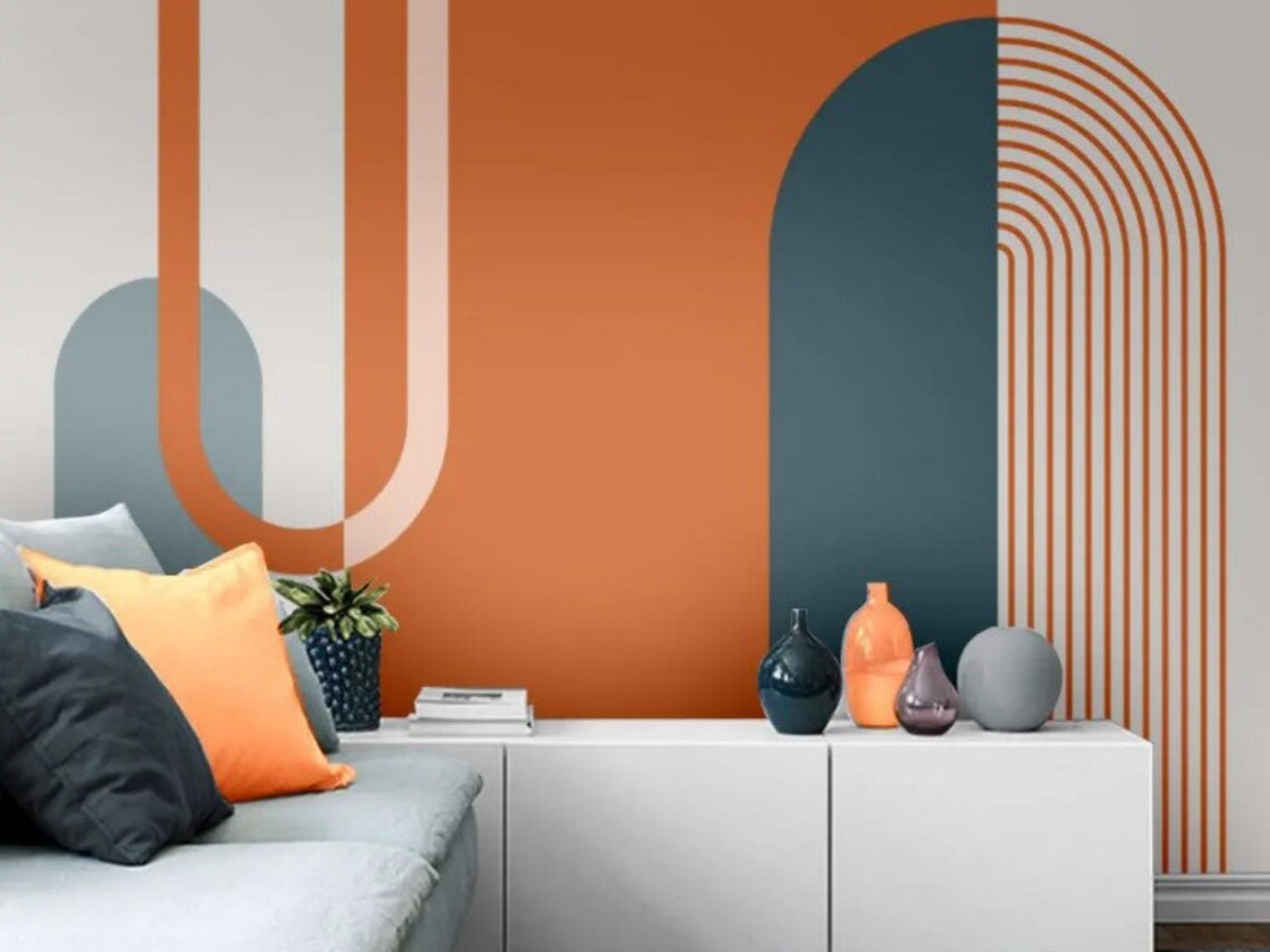
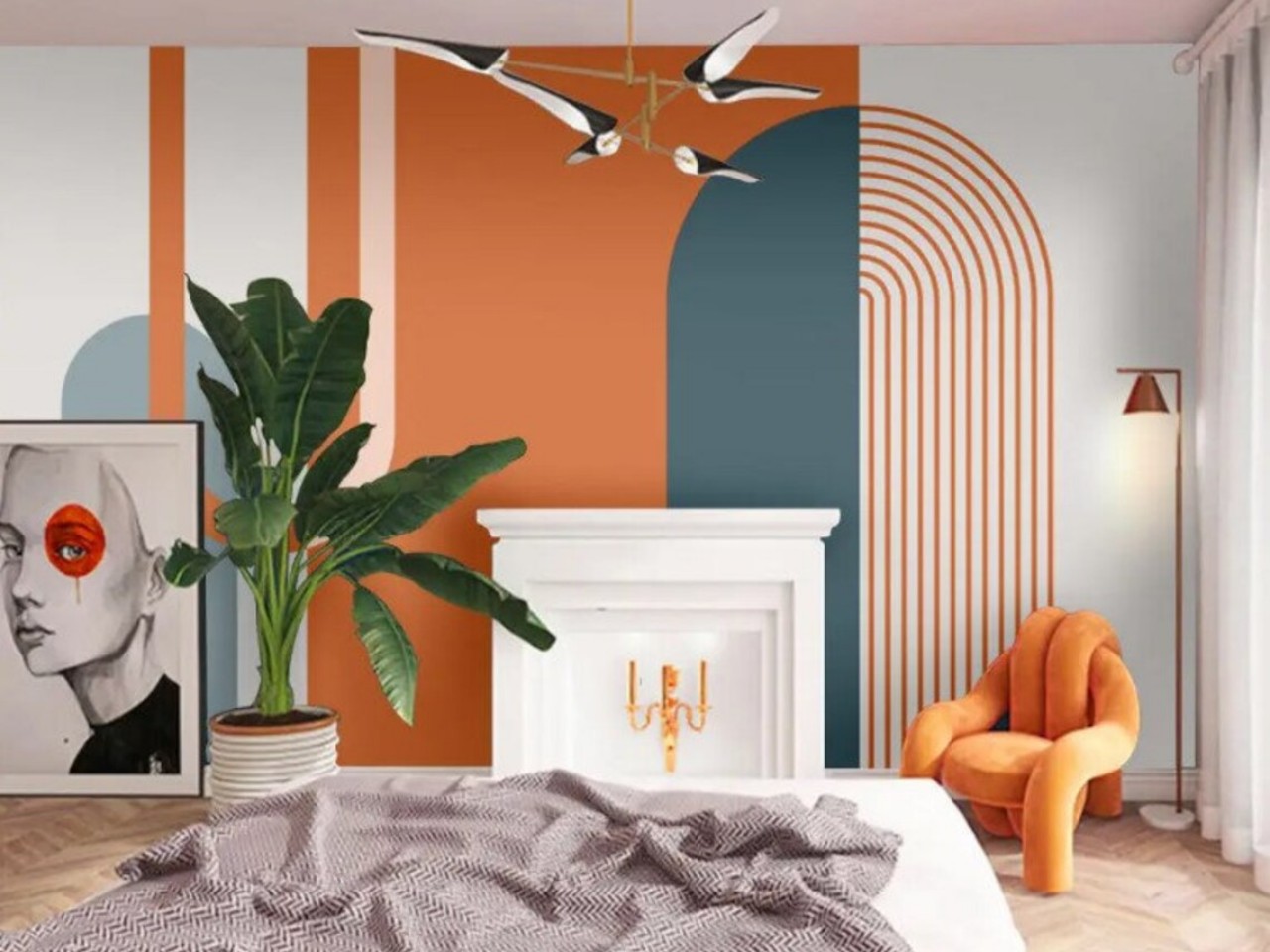
Designer: Wallpaew
This wallpaper features a combination of straight and curved lines in varied thicknesses and different colors to infuse a burst of energy into this living space.
Hence lines in interior design serve as a practical tool, allowing you to create a variety of looks in your home, adding visual interest and setting different moods.



